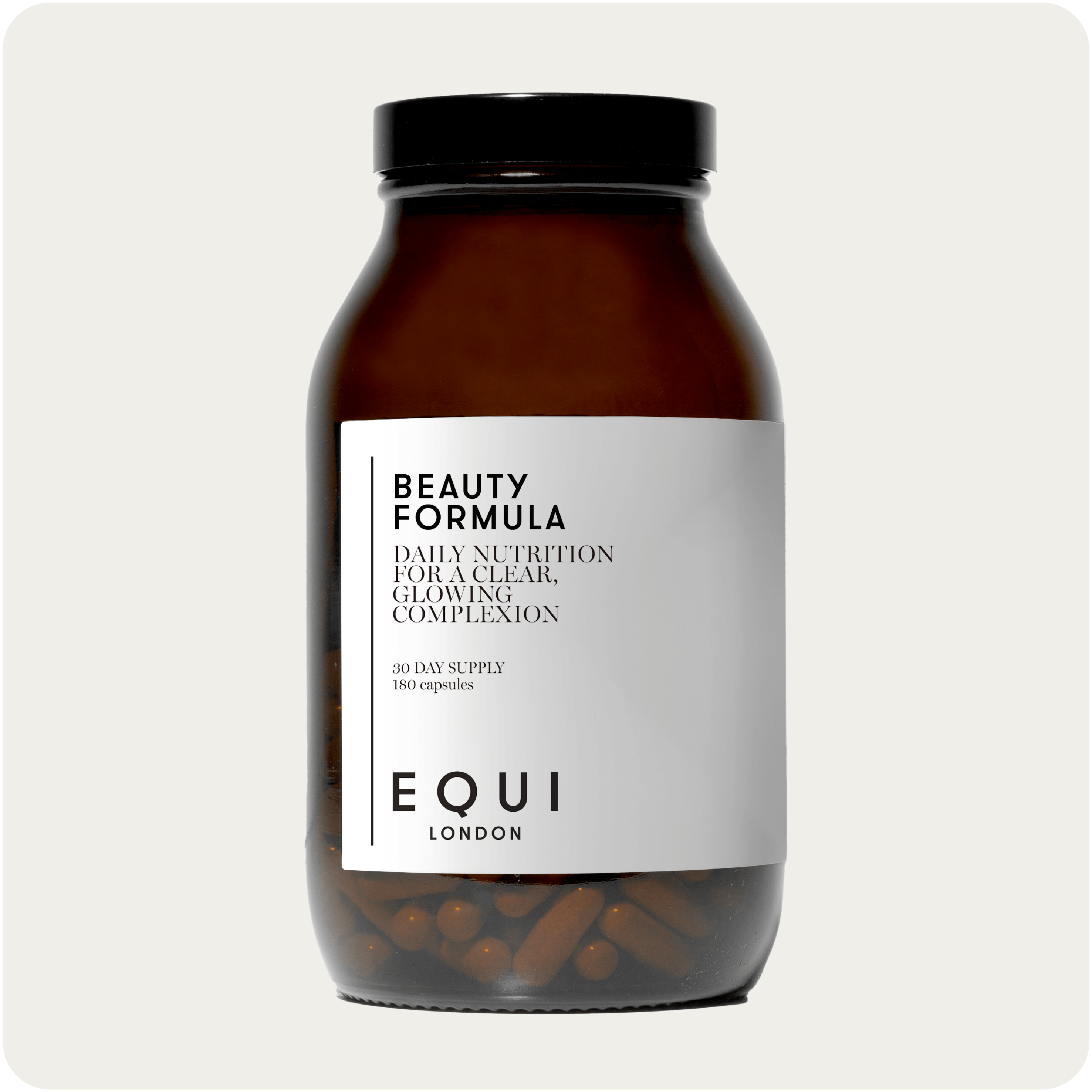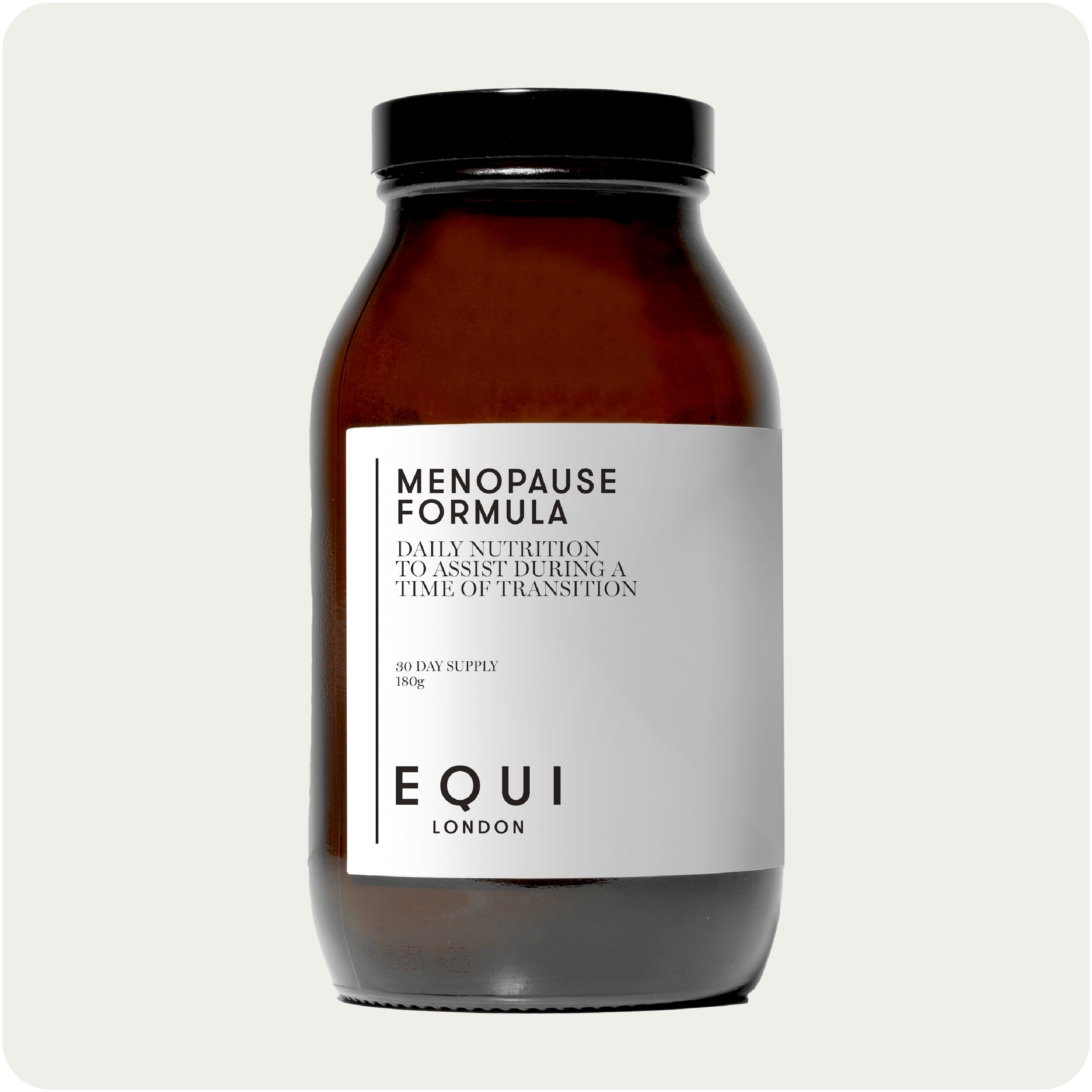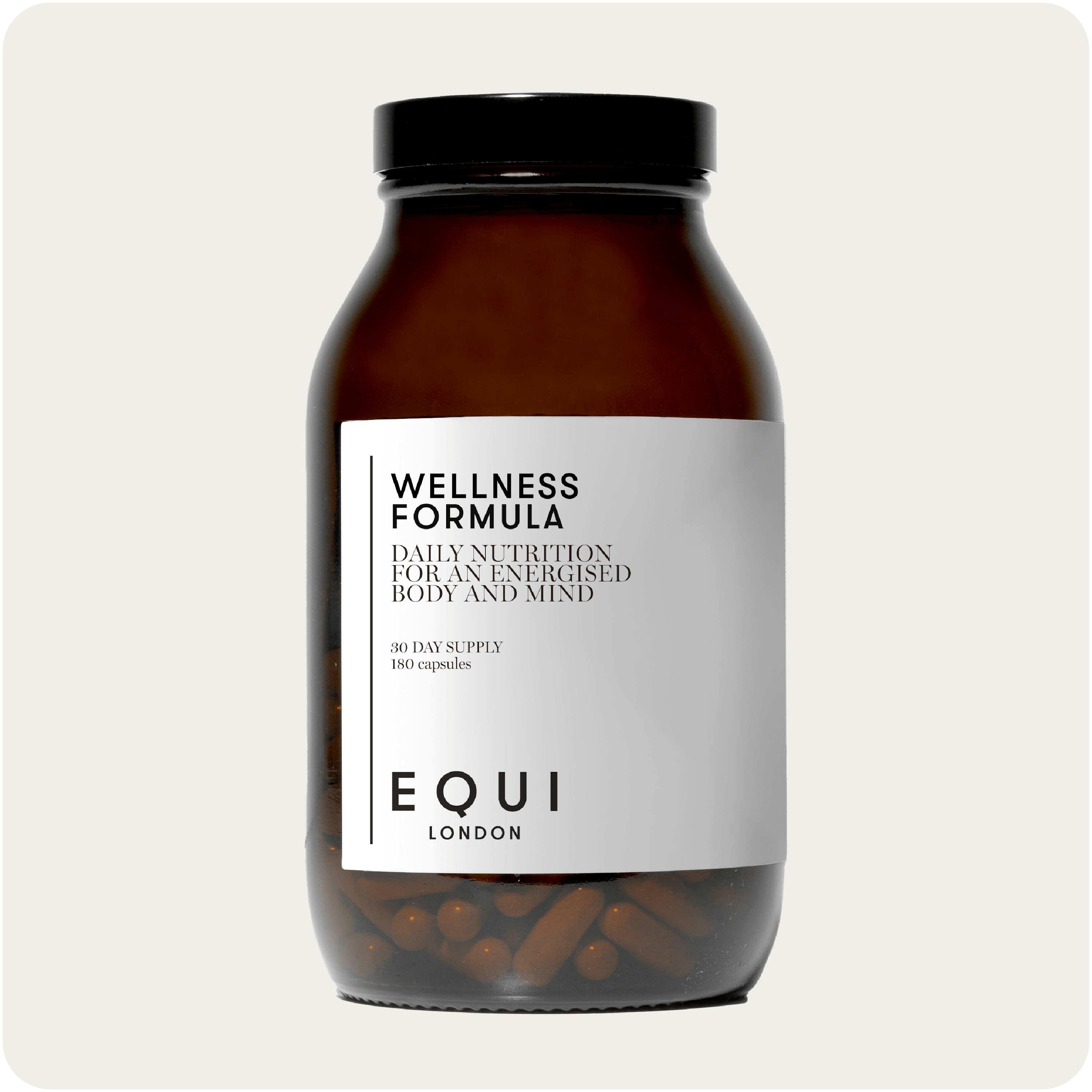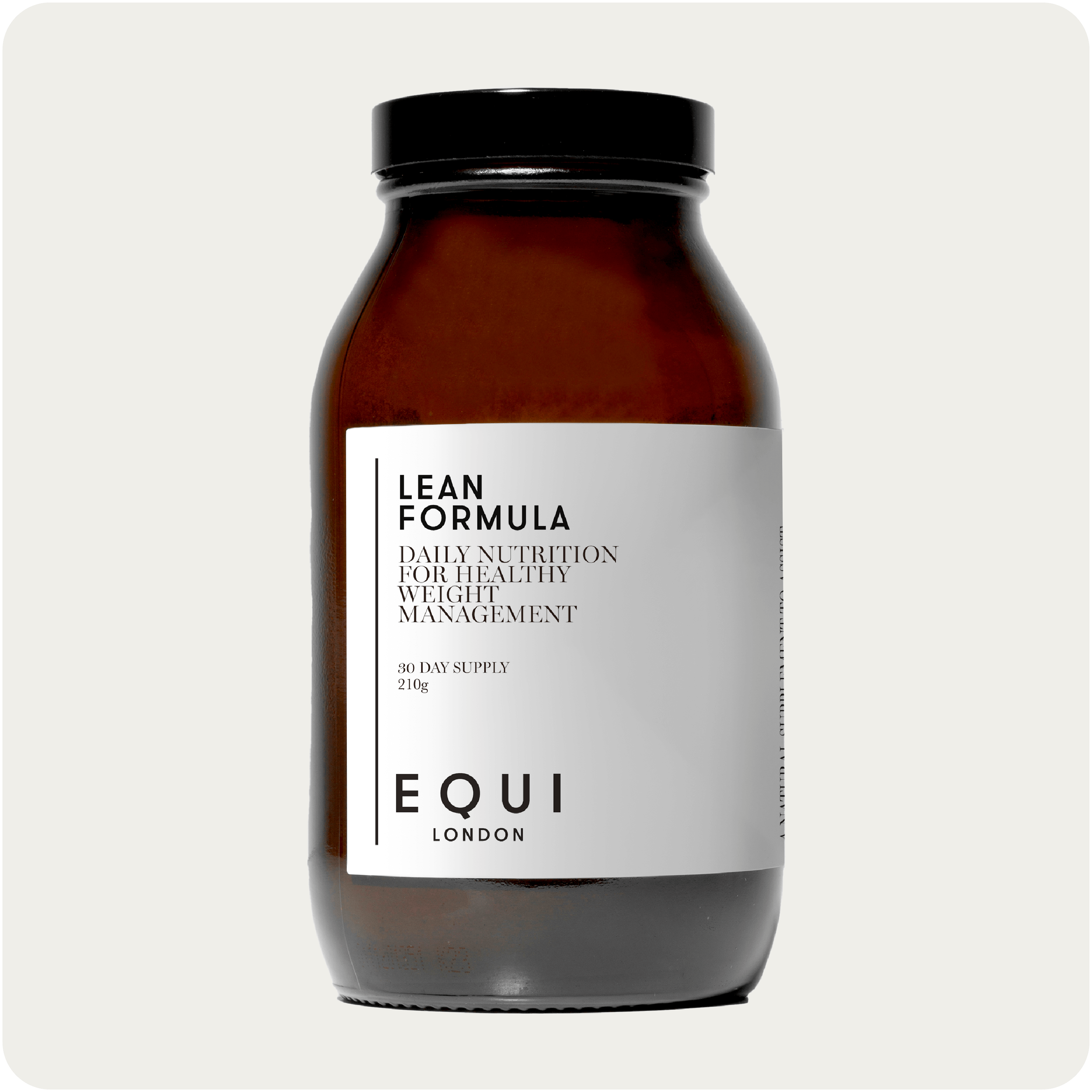
Summer holidays - a time of fun, freedom, and unfortunately, often a lapse in the usual routines!
Being mothers of two, Rosie and Alice completely understand how this break can turn into a free-for-all, leading to a not-so-great diet and a break from regular exercise for you and your little ones. But don't fret! These long sunny days provide an ideal opportunity to instil healthy habits in your children, whilst ensuring they enjoy their time off.
This week’s blog is designed to help you navigate the summer holidays with your kids, without compromising their health and well-being or yours. We will explore easy, tasty, and nutritious meal and snack ideas your children (and you!) will love, creative ways to keep them hydrated in the heat, and fun activities to keep you all moving. We'll also delve into teaching mindful eating habits that will serve them well beyond the summer, and the benefits of getting them involved in the kitchen.
Navigating the summer holidays doesn't have to be a nutritional nightmare. With some planning, creativity, and guidance, it can be a time for your children to learn, grow, and develop habits that will contribute to their health and happiness.
“Eat the Rainbow”
Keeping children's bellies full and bodies energised throughout the summer doesn't need to be a daunting task. The key is to find a balance between what is nutritious and what your kids find tasty. "Eating a rainbow" is a simple and effective way to ensure your children (and you!) are getting a wide range of nutrients from your diet. Each colour in fruits and vegetables represents different nutrients that are essential for our bodies. For example, red foods like strawberries and tomatoes are rich in antioxidants such as lycopene and vitamin C. Orange and yellow foods, like carrots and oranges, are high in vitamins A (beta-carotene) and C. Green vegetables, like spinach and broccoli, are packed with nutrients like vitamins K, B, E, and folate. Blue and purple foods, like blueberries and aubergine, have anthocyanins, which are powerful antioxidants!
Encouraging children to eat a colourful variety of fruits and vegetables will ensure they receive a broad spectrum of these vitamins, minerals, and antioxidants. Not only is this beneficial for their physical health, but it also impacts their cognitive development. Evidence suggests that consuming a healthy diet rich in fruits and vegetables can enhance children's learning and cognition (1).
Here are some fun, colourful and nutritious ideas that children (and grown-ups) will love:
Fruit Skewers: Cut up a variety of colourful fruits like strawberries, pineapples, grapes, and blueberries. Then, let your kids have fun threading them onto wooden skewers. They're a fun, refreshing, and healthy treat that can be made in no time.
Homemade Pizzas: Use whole grain pitta or flatbreads as your base and let your children decorate their own pizzas with a variety of veggies, olives, lean meats, and cheese. This is a fun activity that allows your kids to get creative while encouraging them to eat their vegetables. Give them the task to include as many colours as possible for all those lovely antioxidant benefits!
Smoothie Bowls/Fruit Pops: Blend together fruits like bananas, berries, and a splash of milk or yoghurt to make a smoothie base. If you can, add in some spinach too, for your little ones to get some extra greens in. We promise you that they won’t taste it! Pour the smoothie into a bowl and let your kids top it with their choice of granola, coconut flakes, nuts, seeds, and more fruits. Alternatively, add the smoothie mix to some ice pop moulds and freeze for a healthy alternative to ice cream!
Veggie Wraps: Sick of the same old sandwiches? Take a whole grain wrap and fill it with lean proteins like chicken or tofu, a variety of colourful veggies, and a dollop of hummus or Greek yoghurt. They're easy to make, portable and packed with nutrients. A great picnic alternative to a sandwich!
Overnight Oats: This is a great option for a quick and nutritious breakfast, loved by kids and grownups alike. Mix together oats, milk or yoghurt, and a sweetener like honey, maple syrup or some dried fruits. Let your children choose their favourite fruits and nuts as toppings and leave it in the fridge overnight.
Making meals and snacks colourful not only makes them more appealing but also ensures a variety of nutrients. Encourage your children to eat a rainbow of foods to provide them with a broad spectrum of essential vitamins and minerals.
Staying Hydrated
During the warm summer months, hydration becomes especially important. Kids are usually more active during their break, spending time outdoors in the heat, which increases their need for fluids. Dehydration can lead to fatigue, headaches, and even heatstroke in severe cases. As a rule of thumb, children should aim for at least 6-8 glasses of fluid a day (adults need at least 8 glasses or 2L), more if particularly active or it's a hot day.
The challenge lies in the fact that children, especially the younger ones, may not always remember to drink water, or may find it plain and uninteresting. Here are some fun and creative ways to ensure your little ones stay adequately hydrated:
Fruit-Infused Water: Adding fruits like strawberries, lemon slices, or orange segments to water can give it a burst of flavour, making it more appealing. You can even let your kids choose their favourite fruits to add.
Homemade Popsicles: Freezing a fruit juice or a smoothie into popsicle moulds is another exciting way to increase your child’s fluid intake. You can use 100% fruit juice, or even better, make your own blends. Try blending watermelon and freezing it or mixing orange juice with Greek yoghurt to help balance the sugar content with some healthy fats and protein, keeping you and your little ones feeling energised for longer.
Cool, Fun & Stylish Water Bottles: Having a cool water bottle might encourage your children to drink more water. Let them pick out a water bottle with their favourite character or colour. The same goes for you – buying a stylish water bottle should encourage you to stay hydrated. We recommend going for a metal one to avoid BPA or BPS, which is found in plastics.
Hydrating Foods: Many fruits and vegetables like watermelon, cucumbers, oranges, and strawberries have a high water content and can contribute to keeping your kids hydrated. Offer these as finger foods with dips or try our fruit skewers to keep them hydrated with some of these juicy fruits!
Remember, while juices and soft drinks also contribute to fluid intake, they can be high in sugar. Encourage water as the main source of hydration for your kids, using these creative ways to make it fun and enjoyable.
Active Fun and Exercise
Physical activity is not only beneficial for kids' physical health but is also crucial for their cognitive development, emotional well-being, and social skills. According to the World Health Organization, children aged 5-17 should accumulate at least 60 minutes of moderate to vigorous physical activity daily for optimal health and development (2). One study indicated that physical activity in children not only aids in maintaining a healthy weight but also supports brain development, leading to better academic performance (3). Furthermore, research emphasises the positive impact of physical activity on children’s mental health, reducing symptoms of depression and anxiety (4).
Here are some fun ways to keep your kids and you active during the summer:
Outdoor Games: Classic games like hide and seek, tag, or frisbee encourage running, jumping, and coordination. These are free and easy activities to take encourage during the summer holidays. Get involved with your kids to increase your daily activity too.
Swimming: It's a full-body workout and a life skill. Swimming is also a great way to cool down in the summer heat. This is an easy one for the whole family to incorporate on holiday when a beach or pool is involved!
Cycling: Whether it's around the neighbourhood or in a park, cycling is a great cardiovascular activity and promotes balance and strength. Plan a family bike ride in your local park or nearest woodland. Even in the city, there are plenty of places to find a bike friendly nature path, park, or woodland.
Family Hikes: Hiking can be a fantastic way to keep the whole family active while exploring nature and creating lasting memories. Have a look at The National Trust for some inspiration on where to visit this summer.
Scheduled Sport Activities: Enrolling your children in summer sports camps or local sport activities can keep them engaged and active on a regular basis and keep you sane! The work/life juggle is real during the summer holidays, and it would be impossible to entertain your children for the entire time. Make use of local events to relieve you of childcare duties during the break and try to link up with other parents or family members so you can spread the load a little.
Mindful Eating Habits
Summer holidays can sometimes lead to bouts of mindless munching in children and adults alike due to increased idle time and a lack of structured mealtimes. It's important to guide children towards recognising their body's hunger and fullness cues, therefore helping them to foster a healthier relationship with food. This is backed up with scientific evidence too - Studies highlight the importance of helping children understand and respond to their body’s signals (5).
Here are some strategies to consider:
Structured Meal and Snack Times: Regular meal and snack times can help control hunger and reduce the urge to snack mindlessly. Ensure your child is getting balanced meals at breakfast, lunch, and dinner, with nutritious snacks in between if needed. Eating as a family can be hugely beneficial in helping to maintain a healthy routine for both you and the kids.
Encourage Mindful Eating: Teach your children to eat slowly and enjoy their food. In fact, this is often an issue for adults too, hands up if you rush down your meals? Mindful eating practice gives the body time to recognise satiety cues and can prevent overeating (6). It also helps to support digestion as the sight and smell of foods help aid the secretion of digestive enzymes, to enable foods to be broken down properly.
Healthy Snack Options: Keep a range of healthy snacks readily available. Fruits, veggie sticks, nuts, yoghurt, homemade energy balls and oat bars are healthier options that children and grown-ups can turn to if hunger strikes between meals.
Involve Kids in Food Preparation: Children who participate in meal prep are more likely to eat the food they've helped prepare, fostering an interest in food and its nutritional value. And this doesn’t just have to involve making cupcakes or treat foods – getting them involved in everyday family favourites will help equip them with the skills they need later in life too. When kids help prepare a meal, they feel a sense of accomplishment and are often more excited about eating the dishes they've helped create, even if those dishes are packed with vegetables! In fact, a study found that children who are involved in meal preparation tend to have healthier eating habits. They are more likely to consume fruits, vegetables, and dietary fibre, and less likely to consume fast food (7).
Promote Hydration: Sometimes, our bodies mistake thirst for hunger. Remember to encourage regular water intake to keep this in check, with our helpful tips above.
One final tip to help you out this summer…
During the bustling summer holidays, finding the time to cook balanced meals every day can be challenging for parents. This is where the lifesaver technique of batch cooking comes into play and Alice and Rosie are big fans.
Batch cooking involves preparing and cooking meals in large quantities and then storing them in smaller, meal-sized portions for future use. Not only does this save precious time on busy days, but it also ensures that your children are consistently eating healthy, balanced meals. This approach can help reduce reliance on processed foods and takeaways, which tend not to be as nutritious and are often high in sugar, salt, and unhealthy fats. When you batch cook, you control the ingredients and can ensure the inclusion of a good balance of proteins, carbohydrates, and vegetables. Planning and cooking in advance also reduces food waste and can be more cost-effective. You can plan meals around seasonal produce or supermarket offers, and by having meals ready to go, you are less likely to buy more food than needed. So, whether it's preparing big batches of homemade pasta sauce, curry, or healthy muffins for snacks, batch cooking can be an excellent strategy for ensuring healthy eating habits during the busy summer holidays!
We hope you’ve found our guide helpful and wish you all a happy and healthy summer holidays!
Rosie and Alice X
References:
-
Parletta, N., Milte, C.M., & Meyer, B.J. (2013). 'Nutritional modulation of cognitive function and mental health.' British Journal of Nutrition.
-
World Health Organization (2020). 'Physical activity and young people'. WHO Guidelines.
-
Carlson, J. A., et al. (2018). 'Physical Activity, Obesity, and Academic Achievement: A 2-Year Longitudinal Investigation'. Pediatrics.
-
Zeng, N., et al. (2020). 'The Beneficial Effects of Physical Activity in Children and Adolescents with ADHD: A Systematic Review'. Journal of Clinical Medicine.
-
Denny, S., Loth, K., Eisenberg, M.E., & Neumark-Sztainer, D. (2020). 'Intuitive eating in young adults. Who is doing it, and how is it related to disordered eating behaviours?' Appetite.
-
Matheson, D.M., Killen, J.D., Wang, Y., Varady, A., & Robinson, T.N. (2006). 'Children's food consumption during television viewing.' Journal of Nutrition Education and Behaviour.
-
Chu, Y. L., Farmer, A., Fung, C., Kuhle, S., Storey, K. E., & Veugelers, P. J. (2013). 'Involvement in home meal preparation is associated with food preference and self-efficacy among Canadian children.' Journal of the Academy of Nutrition and Dietetics.










